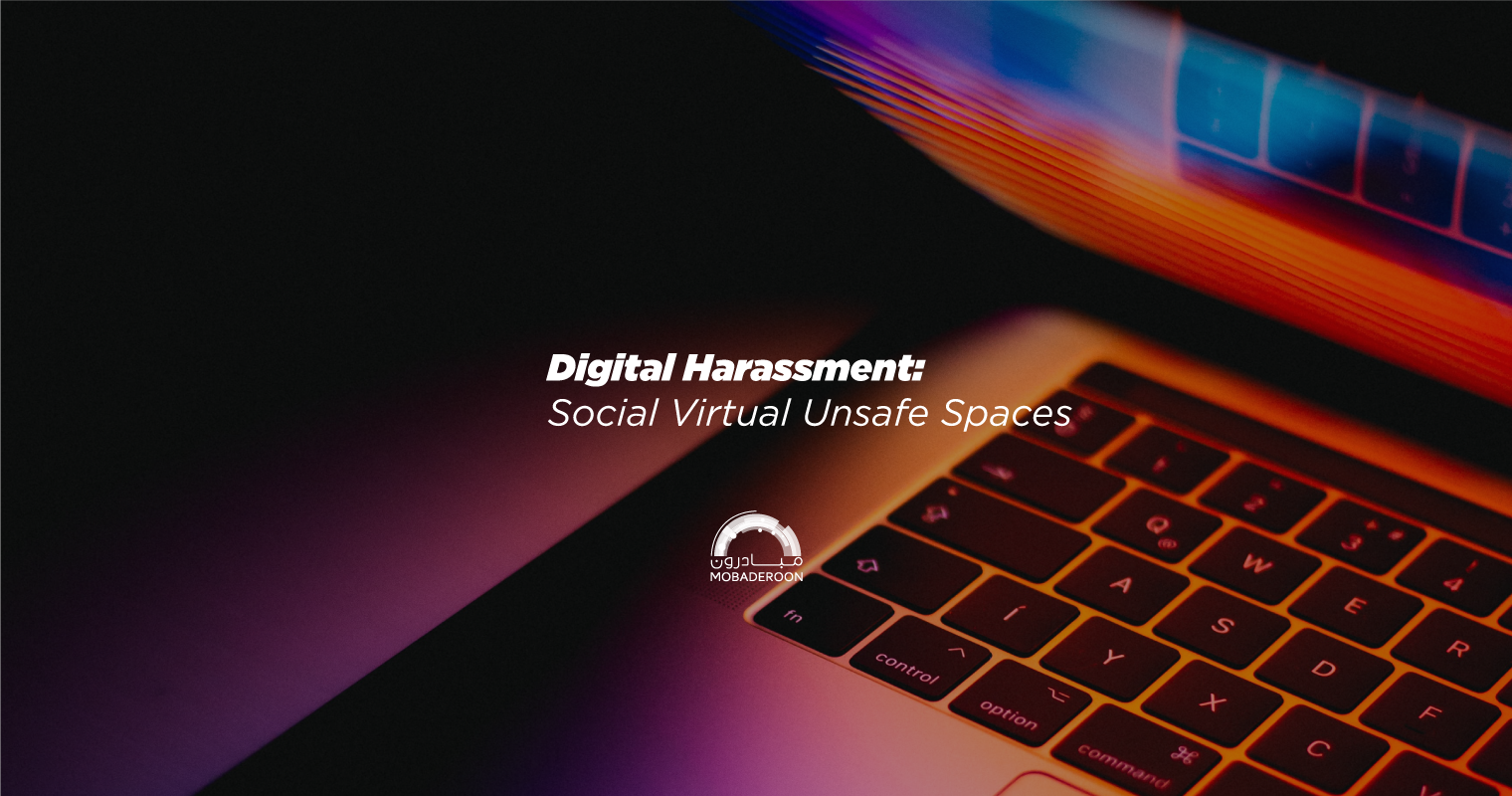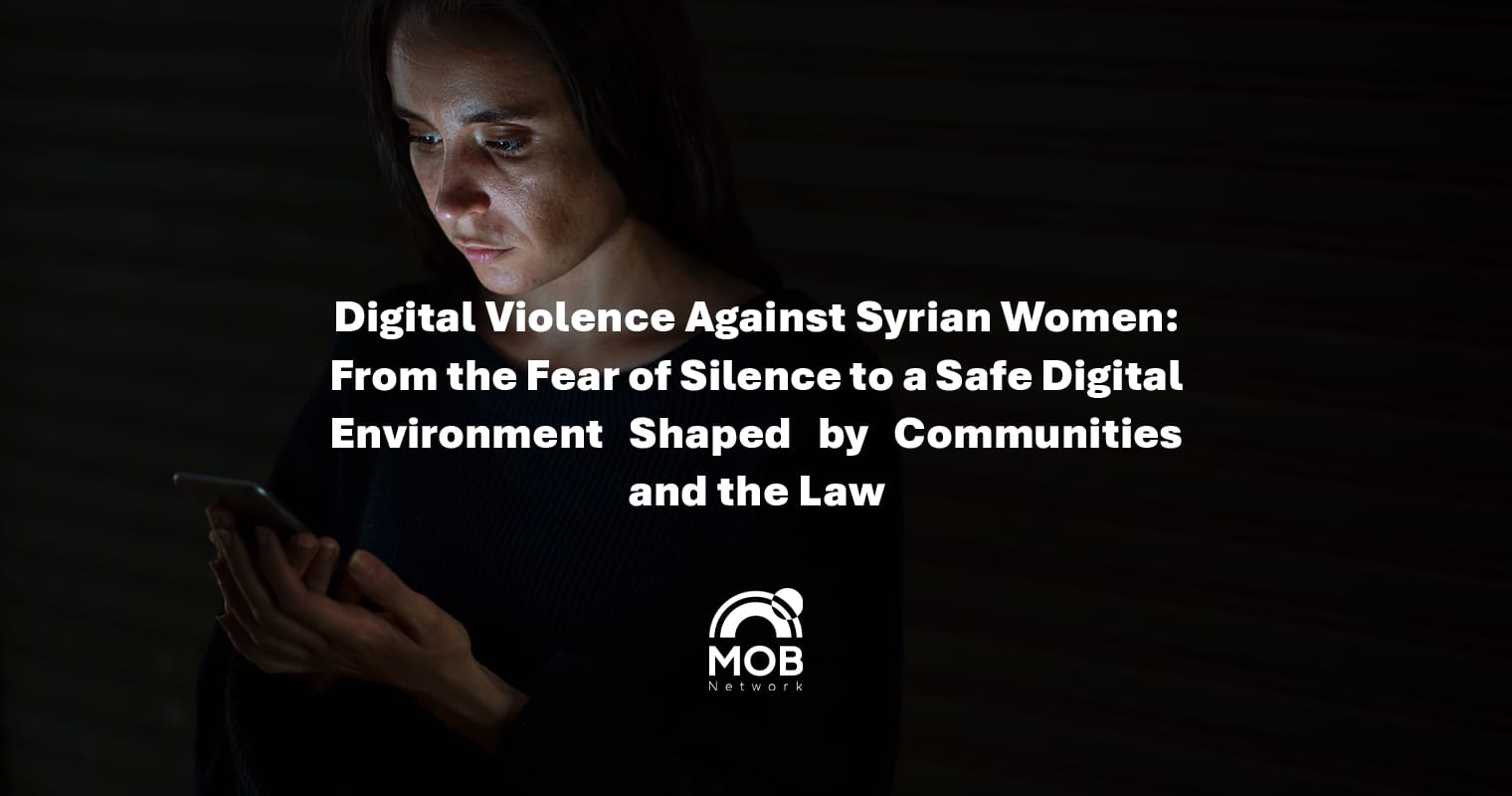Violation of personal space within virtual life is one of the forms of harassment that has come to haunt many electronic communities, where crime has evolved with the development of time and space. It is an old and continuous social phenomenon that arose due to the endless struggle to satisfy needs. It is an emerging and modern criminal phenomenon that targets data with broad technical implications (information, and programs) and material and moral values of all kinds. Therefore, serious attention should be paid to addressing this phenomenon.
The development of technology and the Internet has had a great impact on human life, but these effects were not limited to the positive side of our lives, as it went beyond that to the negative ones that made many people improperly use the Internet, which harmed them and other users, whether in the short or long terms.
Therefore, the dimensions of electronic crime have grown in variety and acquired a new dimension with the development of its tools. Criminals apply scientific and technological advances in support of their illegitimate goals. This technology is the phenomenon of electronic harassment in its various forms, which is done through websites and random messages that contain sexual links. Recently, many activities that contribute to the dissemination of electronic culture and websites that help deviance.
Electronic harassment is considered an extension of physical harassment, and all that the harasser requires is access to a device and a modem. The harasser’s strength lies in the information that s/he can collect about the victim s/he has chosen through the Internet. As long as s/he becomes familiar with the information and personal data, all Internet users will be vulnerable to harassment.
Virtual communication spaces allow access to a lot of information, this implies the possibility of being exposed to abuse online. If messaging applications, social media, and other means of electronic communication are not used responsibly, they can be a source of harm, such as: cyberstalking, cyberbullying, invasion of privacy, incorrect information, and image sharing that could harm survivors’ sense of safety, self-image, and self-esteem.
Such harassment may include false accusations, slander, and defamation, as well as surveillance, identity theft, threats, vandalism, solicitation of sex, or the gathering of information that could be used for blackmail, embarrassment, or harassment.
Harassment often occurs face-to-face, but the electronic method leaves a digital footprint and a record that can be used to provide evidence and help stop the abuse. Therefore, electronic harassment is considered a criminal offense according to the laws of each country to combat stalking, slander, and harassment.
The conviction can also result in a restraining order, criminal proceedings, or penalties against the offender, including imprisonment or monetary fines, depending on each country’s policies.
The multiplicity of means through which electronic harassment takes place, including e-mail, mobile phones, social networking sites, messaging applications, gaming platforms, and other digital means that are widespread at present helps make it a repeated behavior aimed at intimidating, provoking, or distorting the targets, or tarnishing their reputation.
Consequences of Digital Harassment

Online harassment is no less dangerous than physical harassment outside the digital platforms, as victims of online harassment are exposed to multiple physical and psychological damage, such as fear, anger, and confusion, in addition to other health and psychological problems.
Electronic harassment may affect the social life of the victims in general, as they often suffer from anxiety, disorder, and depression that may lead to suicidal thoughts.
Many users of social networking sites and devices connected to the Internet suffer from receiving messages, pictures, and “video” clips that include sexual expressions that may often evolve into threats and blackmail, if pictures or video recordings of the victim are taken by force or other means, and the victims are threatened by publishment of these videos or images on sites of a sexual nature.
Many forms of psychological damage result from the crime of harassment via the Internet. Those who are subjected to harassment via the Internet may suffer from a lack of psychological comfort, especially young people, as boys and girls constitute the segment most vulnerable to harassment. For example, many of them believe that it is possible to fall in love through the Internet, where deception prevails. The speaker is often hidden behind a screen through which he can say anything, regardless of it being true or false, and, then, the conversation develops into images, audio, video, or meetings, like any innocent relationship that often ends in tragedy and stories. Sadly, according to many accounts, they were cheated.
At the same time, psychologists warned of the negative damage that occurs via the Internet, as the study indicated that more than 22% are at risk of depression after being subjected to electronic harassment. We have noted on International Women’s Day about the phenomenon of digital harassment conducted by “Norton”, the conclusion of which is that women are more vulnerable in general among the types of electronic sexual harassment who fall because of the vulnerability of death threats and sexual violence.
With the increase in the number of women and girls using the Internet, the rate of online violence against them has not only increased, but its forms have also diversified; electronic stalking, threats and extortion, sexual harassment and cyberbullying, surveillance and spying on computers, etc. Although these risks to which women and girls are exposed have become noticeable in the current period, there is still a severe lack of knowledge by some women and girls of ways to protect themselves and deal with these matters correctly when they are in any of these situations, which makes it even worse.
Two deaths due to electronic extortion have recently been reported. One lady committed suicide in early 2022 as a result of the severe psychological pressure she was subjected to and the fear of scandal. The blackmailer presented fabricated pictures of her to extort and expose her. While the other is the one who committed suicide because of the blackmail of one of her neighbors.
Therefore, many girls are afraid to disclose their experience with cyber violence for fear of the stigma that exposes them to psychological and social pressure. These girls are afraid of confronting the aggressor or blackmailer, their parents, social blame, and potential restrictions on them, which leads to serious psychological problems. The worrisome part is that with the increase in women’s use of the Internet, we expect an increase in these crimes, so it has become necessary to educate women to take all measures to protect themselves, in parallel with providing all support to those who have been exposed to it.
The same technology that provides a means of extorting women also facilitates the process of apprehending the perpetrators of these crimes
Determining the responsibility for cyber and digital security and safety on the Internet is undoubtedly one of the most issues of precision that can be faced, as the operation of the network depends on machines that some specialists have programmed with applications that they must take responsibility for, and given that the Internet is not a service managed by someone who contracts with him on the one hand and with information providers and users on the one hand; On the other hand, the Internet is a potent force in providing the service with an unlimited number of accounts in the world to meet the desire of its users by contacting it, and given the interaction of the roles of those in charge of it, this leads us to face different levels of responsibility concerning the diversity of their roles in providing the service.
We can imagine how women and men cannot feel intimidated by the use of social media because they know that preventive policies and appropriate remedies for sexual harassment that were collectively negotiated over are effectively implemented in virtual spaces. S/he knows that s/he can talk about any sexual harassment s/he is exposed to from the virtual world, because s/he will have support, and s/he knows that violence and harassment in this environment It is not part of virtual life, and it is natural to develop policies, laws, and procedures that regulate the protection of users of the Internet and make them feel safe with its multiple uses.
Effective implementation of these standards can have a significant impact on society’s perception of the online environment, so it is important to raise awareness and demand policymakers to make the virtual world safer.





